Advanced Publishing and Editing Course
Study publishing and editing to an advanced level.
Your professional writing skills will be nurtured and developed throughout the course.
Writers can be employed or work as freelancers. The writing industry is much more than just writing. It also involves graphic designers, editors, photographers, artists, salespeople, managers and more.
In this course, you will learn about the whole publishing and journalism industry. Lay a foundation with this specialist qualification.
The course consists of nine 100 hour modules.
What do our students think of the course?
" Thanks for the tips
you gave me on the journalist job... I was given the job of writing an
article... the experience was great and at least I will be published for
the first time"
- Gavin, studying journalism
Modules
Note that each module in the Qualification - Advanced Certificate In Applied Management (Publishing And Journalism) is a short course in its own right, and may be studied separately.
What You Will Do
-
Plan and write at least 3 major articles and one short story manuscript.
-
Analyse at least 15 articles.
-
Survey the scope and current status of the publishing industry and interpret a range of indicators to the viability of different existing or proposed publications.
-
Explain the publishing industry, the procedures (stages) in bringing a publication to print and the different people (& jobs) involved.
-
Explain how to present a manuscript to a publisher.
-
List the differences between audiences for different types of publications.
-
Explain the differences between types of writing required for newspaper publishing compared with magazine or book.
-
Prepare or select appropriate illustrations (graphic or photographic) for publishing.
-
Explain the processes involved in the production and use of these illustrations.
-
Conduct and report on several interviews.
-
Take a number of photographs with the intention to use them to illustrate a publication.
-
Plan the contents and publishing procedure for ten (10) different types of articles.
-
Plan the contents and publication of a small book, booklet or magazine.
-
List the scope of statistical information available through government agencies and report on the relevance of such information to the publishing industry.
-
Write copy for ten (10) different advertisements and five (5) different promotional leaflets or brochures.
-
Design the layout for two promotional brochures, and determine the cost of typesetting, paste up and printing each.
-
Compare the scope and nature of business conducted by four (4) different publishers.
-
Plan and determine costs for the publication of a new newspaper, newsletter or magazine.
-
Use prescribed reference books and other resources to gain relevant information.
TAKE THE NEXT STEP AND ENROL NOW!
Study this specialist qualification to learn more about the management of publishing and journalism.
Gain management, publishing and journalism skills that will be a useful addition to your cv.
You can enrol on the course now, but if you have any questions about
the content of the course or studying with ACS, then please get in touch
with us today - use our FREE COURSE COUNSELLING SERVICE to get in touch with our expert tutors. They will be pleased to help you!
